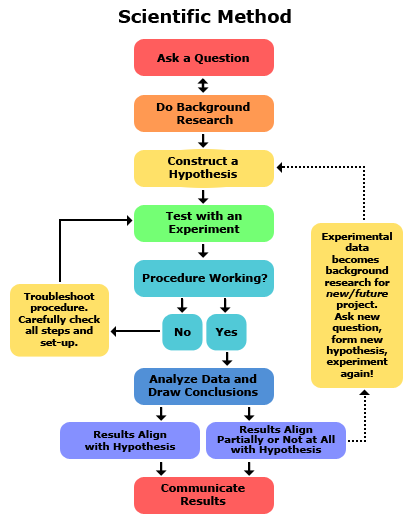- Thread Author
- #21
There are other cables then just Shunyata, it's all very system dependent, not just our own systems.
@imprezap2 what do you like for ethernet?
There are other cables then just Shunyata, it's all very system dependent, not just our own systems.
@imprezap2 what do you like for ethernet?
My preference of ethernet cables changed after adding a Melco S100 switch (with Plixir power supply), therefore I think it is useless to give "hard" recommendations as there are so many variables. Best is to fix a budget and try a few different brands.
What virtually none of the other Ethernet cables mitigate, which is quite important, is common-mode noise.
With respect to conducting experiments examining many variables, this is easily handled by conducting a "screening DOE" (Design of Experiments). JMP's Definitive Screening Design DOE platform is perfect for this. The functional response should likely be threshold jitter and phase noise.
Using Definitive Screening Designs to Get More Information from Fewer Trials - JMP User Community
If I were given a choice between a audiophile grade network cable vs audiophile network switch, I will opt for the later.
In my implementation involving a copper ethernet cable, the switch doesn't come into play. This is a direct ethernet connection between the NAS and the streamer/DAC.
If I were given a choice between a audiophile grade network cable vs audiophile network switch, I will opt for the later.
Some folks will claim to hear differences/improvements.
While others will rely on test results to show that ethernet cables do not make an audible difference (for example, Archimago's Musings: MEASUREMENTS: Ethernet Cables and Audio...)

